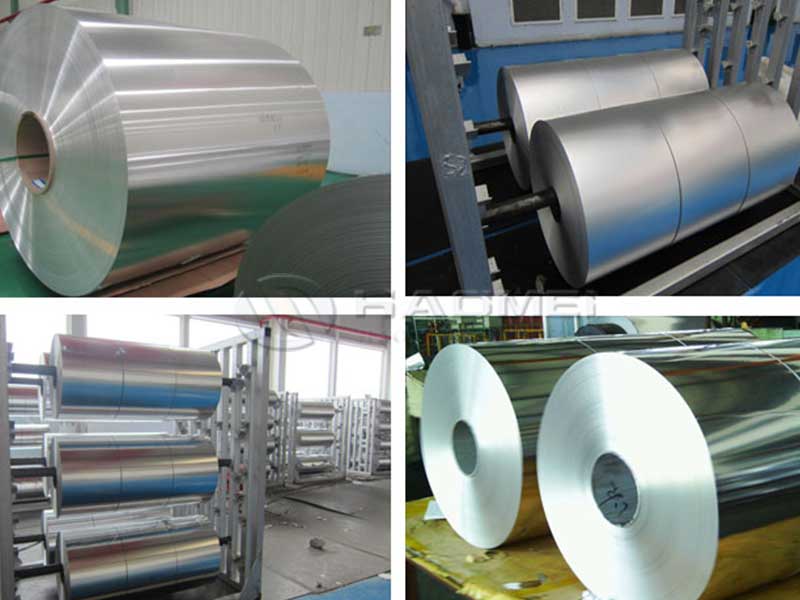For decorative anodizing, the requirements for aluminum and aluminum alloy materials are higher. Generally only pure aluminum, aluminum clad, aluminum-magnesium, aluminum-manganese alloy can dye more vivid colors. For alloys with higher silicon and iron, the resulting oxide film is darker in color and can only be dyed in deeper colors. When decorating anodizing aluminum and aluminum alloy parts, the following points should be noted in the selection of materials:
For parts requiring a mirror-like surface, high purity aluminum or 5A66 aluminum-magnesium alloy with an aluminum content greater than 99.99% must be selected. After chemical or electrochemical polishing of the parts, the anodizing of sulfuric acid can obtain a colorless, transparent and bright film layer, which can be dyed with various bright colors.
For parts requiring a lower surface brightness than the above, an industrial high-purity aluminum with an aluminum content higher than 99.9% and an aluminum-magnesium alloy of LT65 and LT67 may be used.
General decoration requires other components and impurities in the aluminum material for anodizing.
When using aluminum, you should also pay attention to:
1) The surface of the selected aluminum should not have serious scratches, tissue defects and inclusions. They affect the appearance and corrosion resistance of the oxide film layer.
2) Certain aluminum alloys should be heat treated using reasonable specifications. The size of the crystallites has an effect on the structure and properties of the oxide film. The coarse grains are not uniformly reacted during the oxidation process, and the orange peel appearance often occurs. Therefore, it is generally desired that the aluminum material has a fine grain structure.







